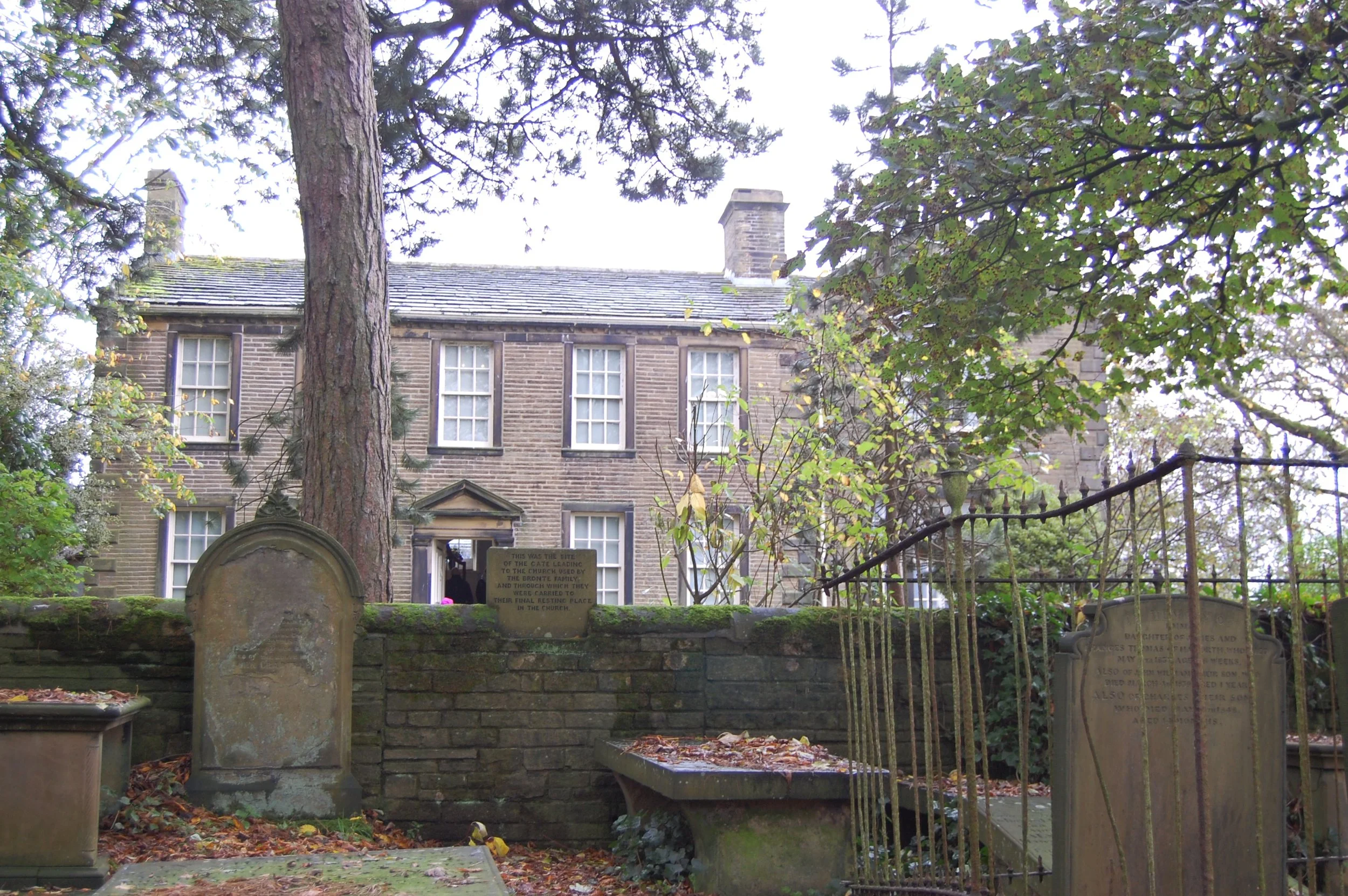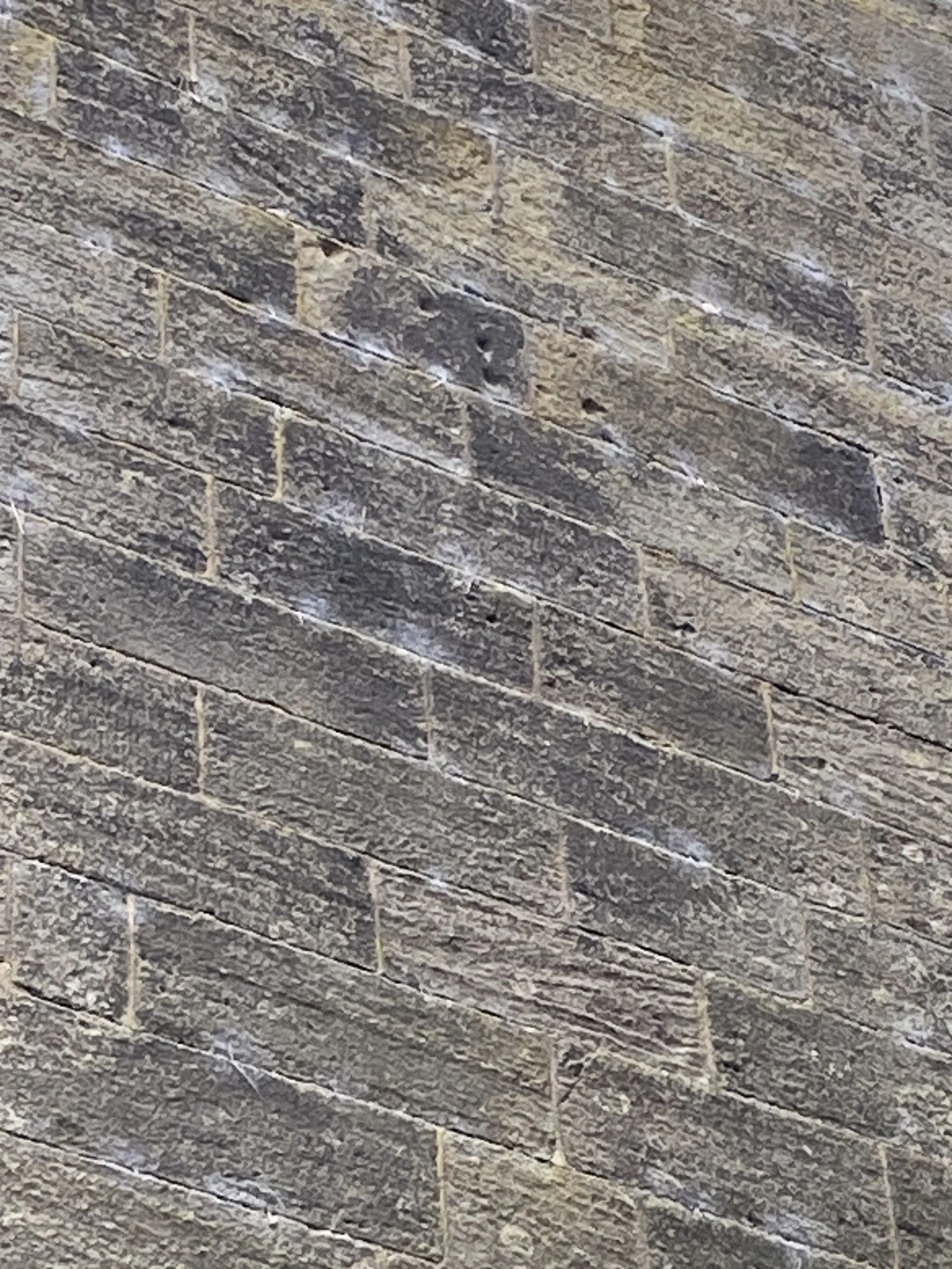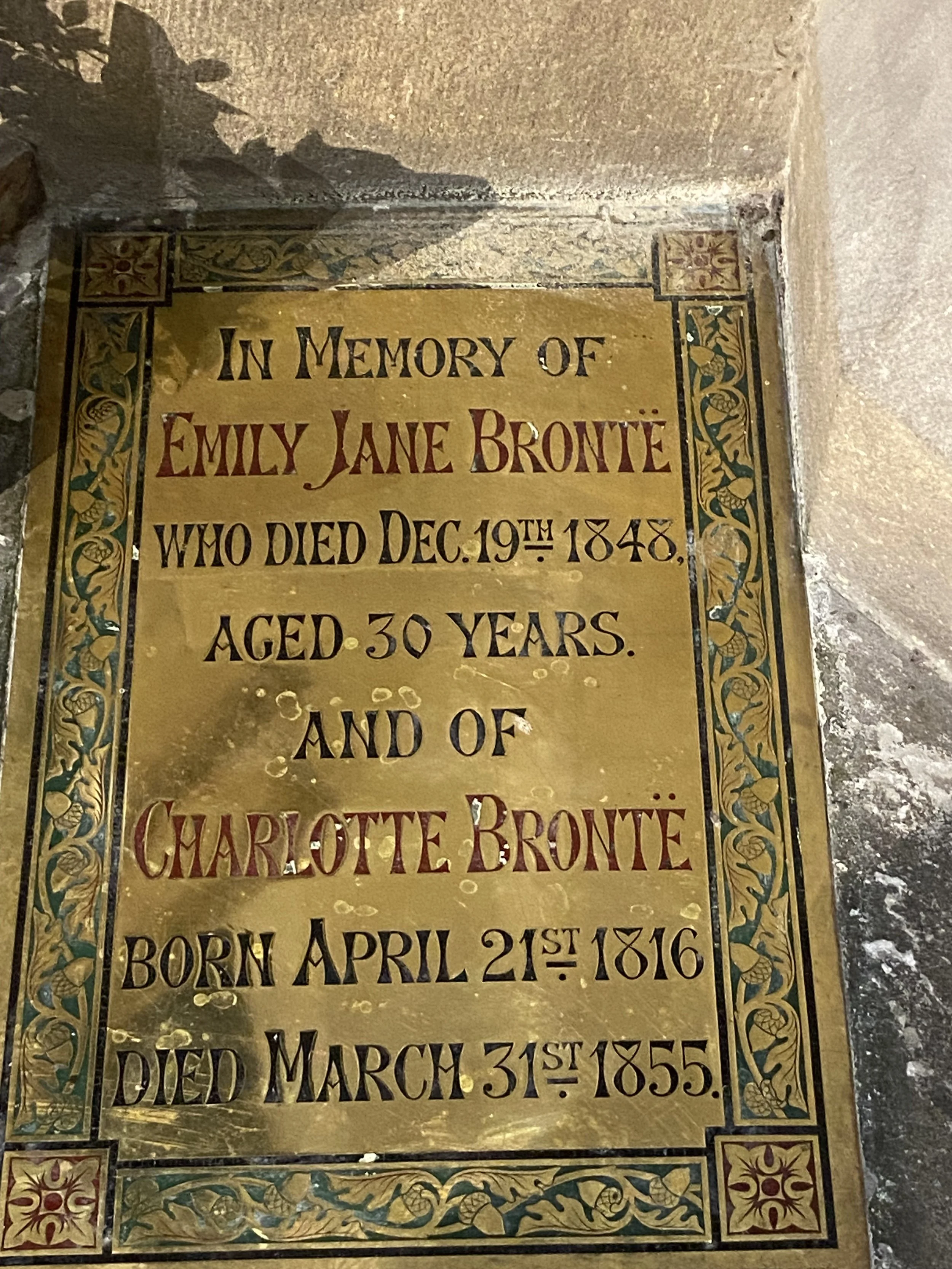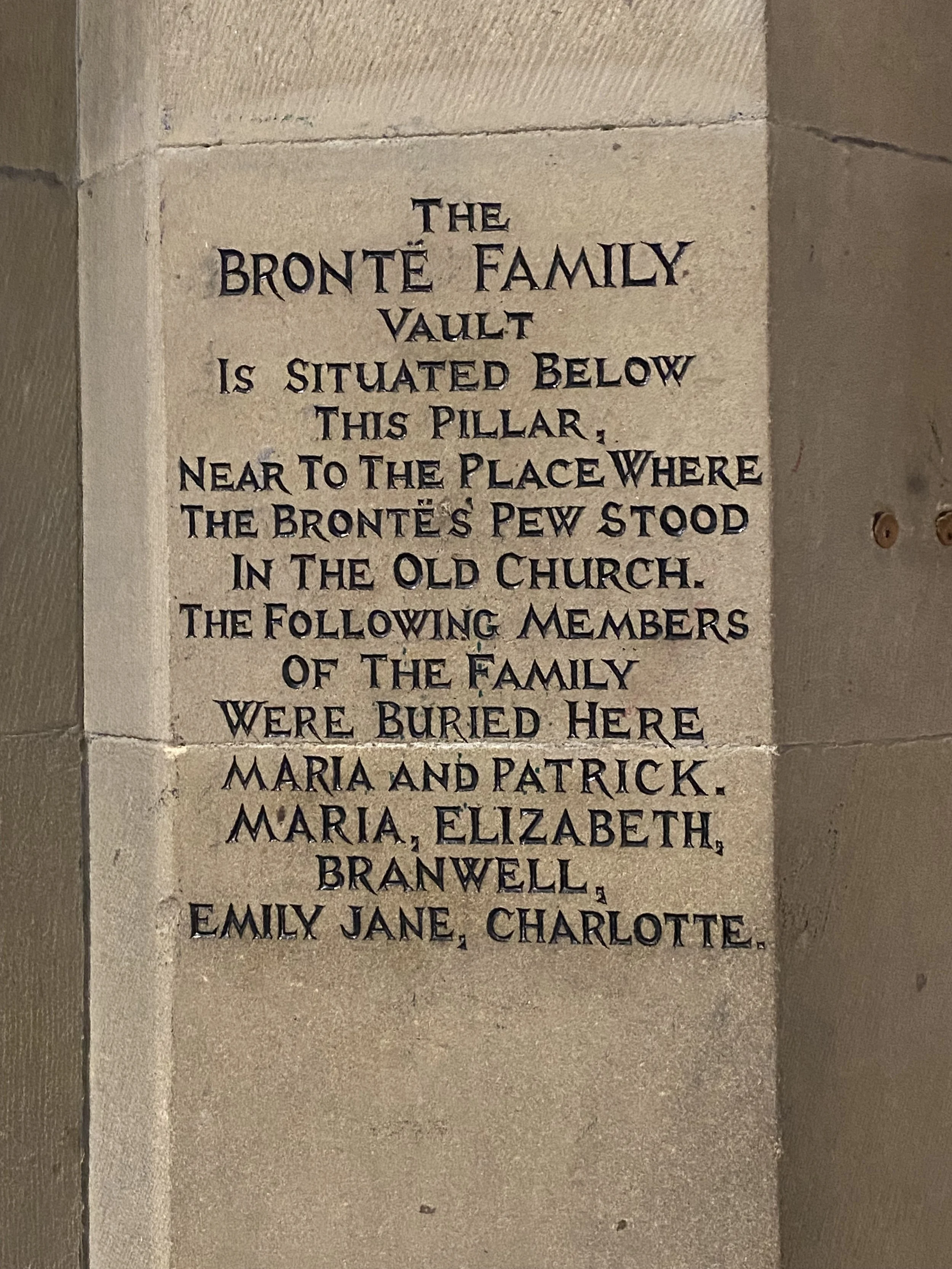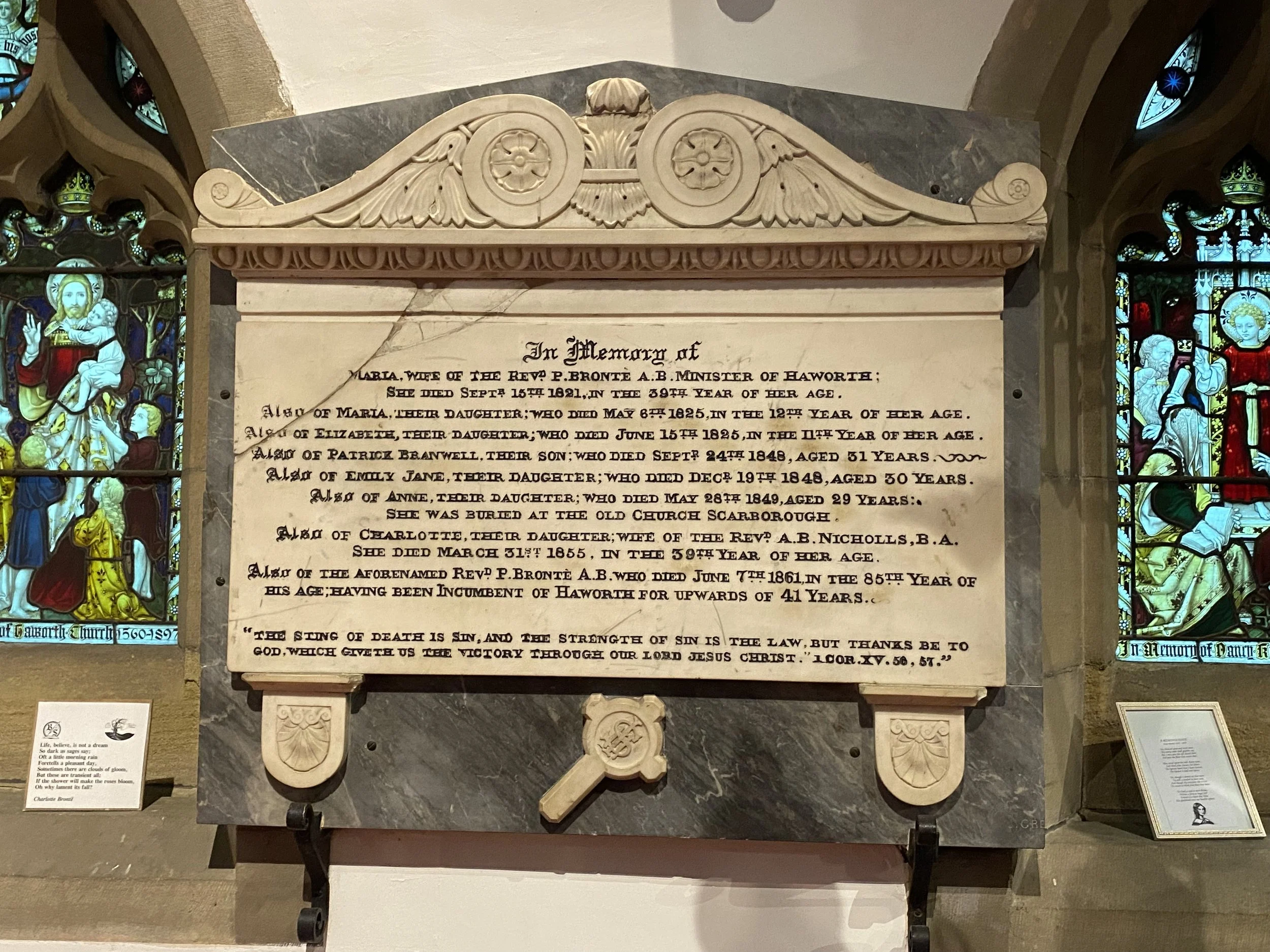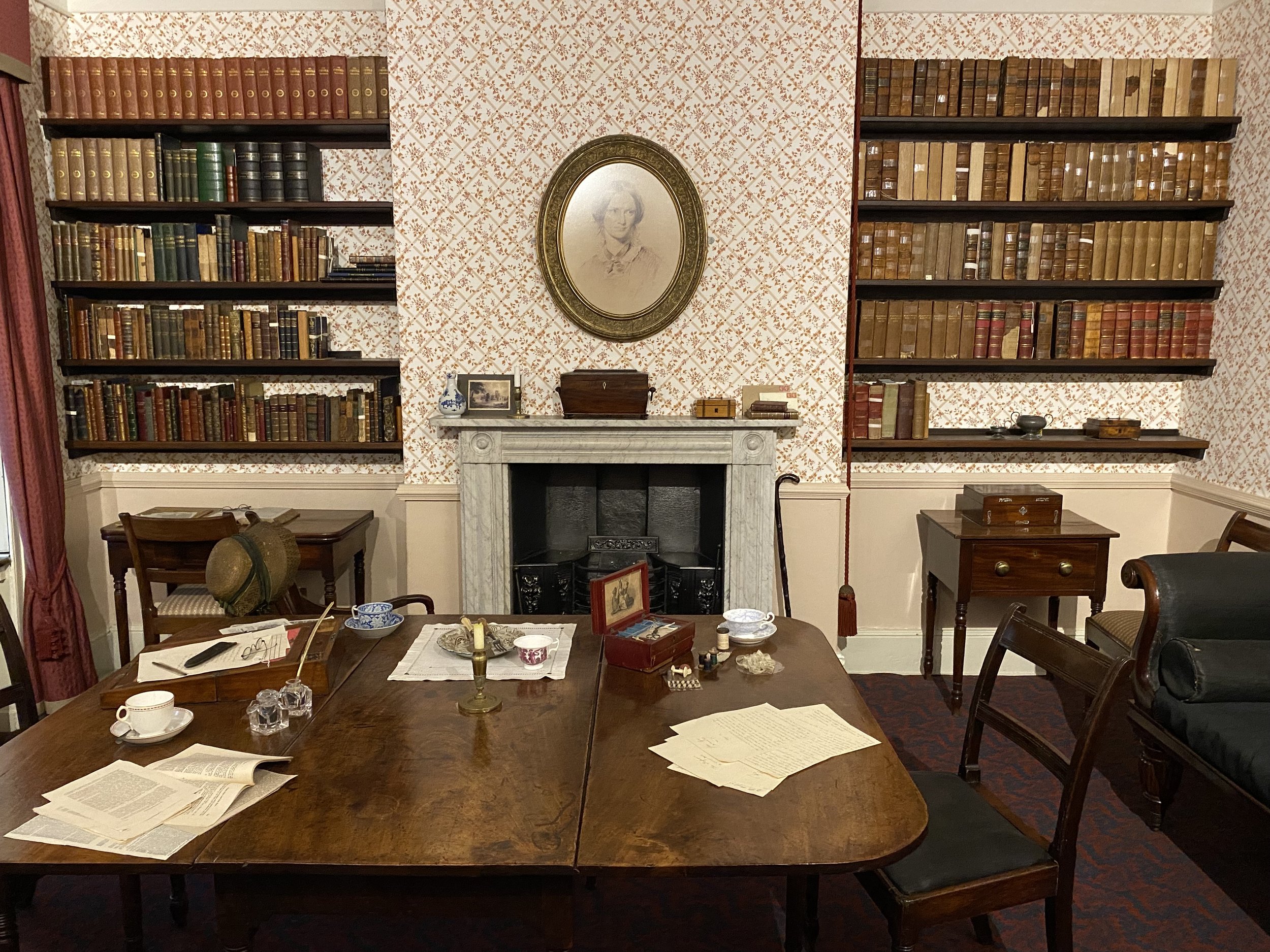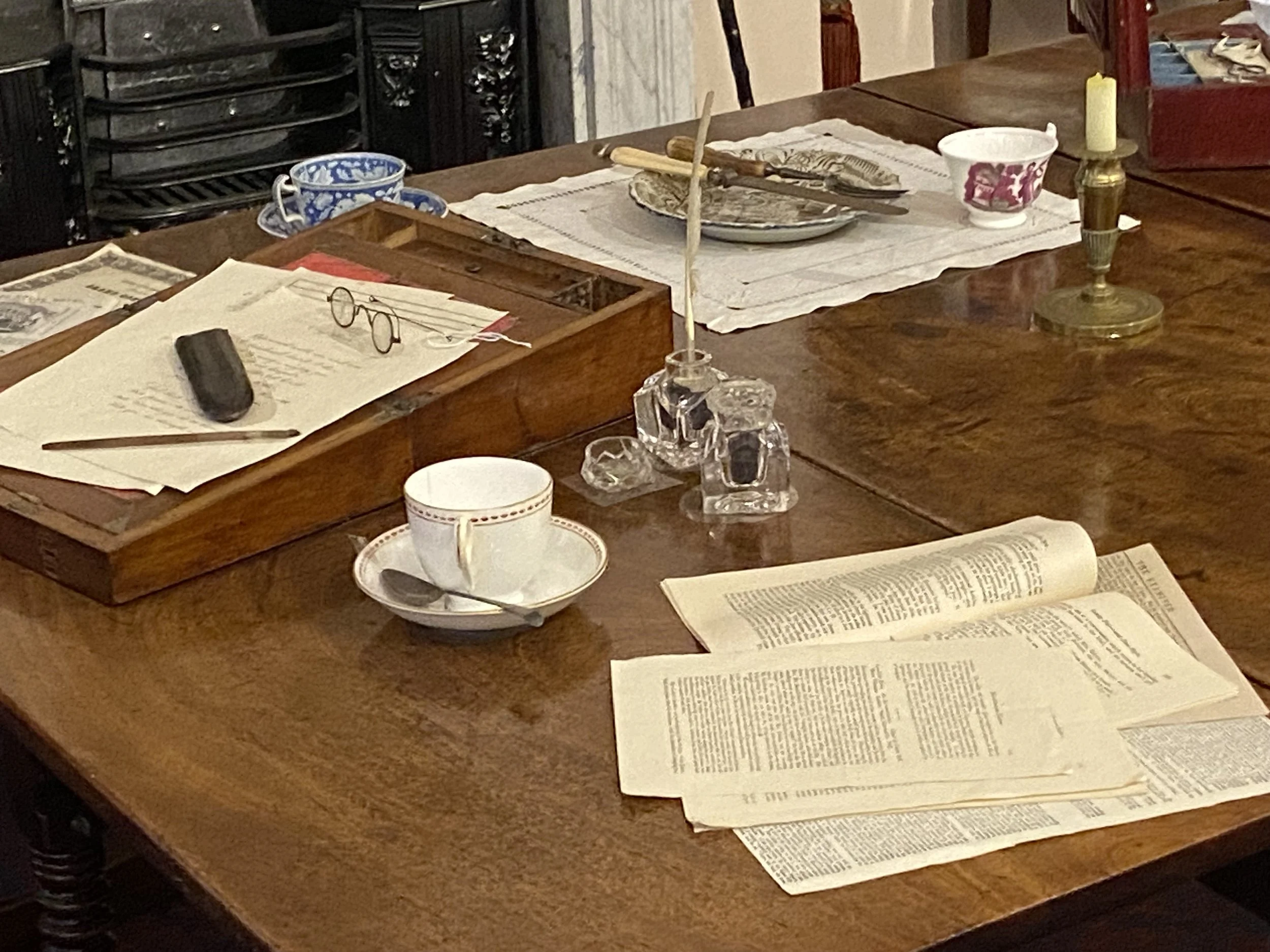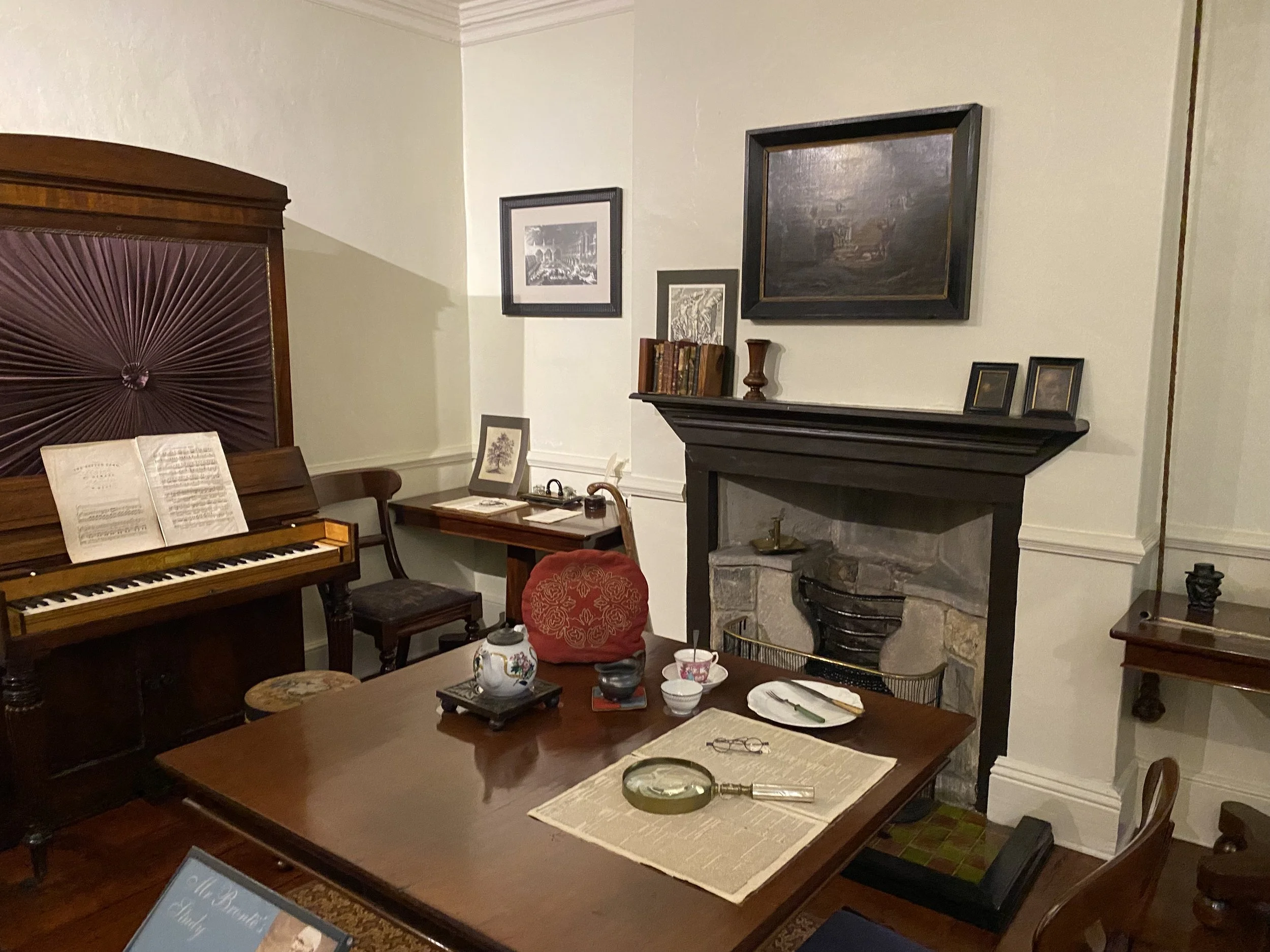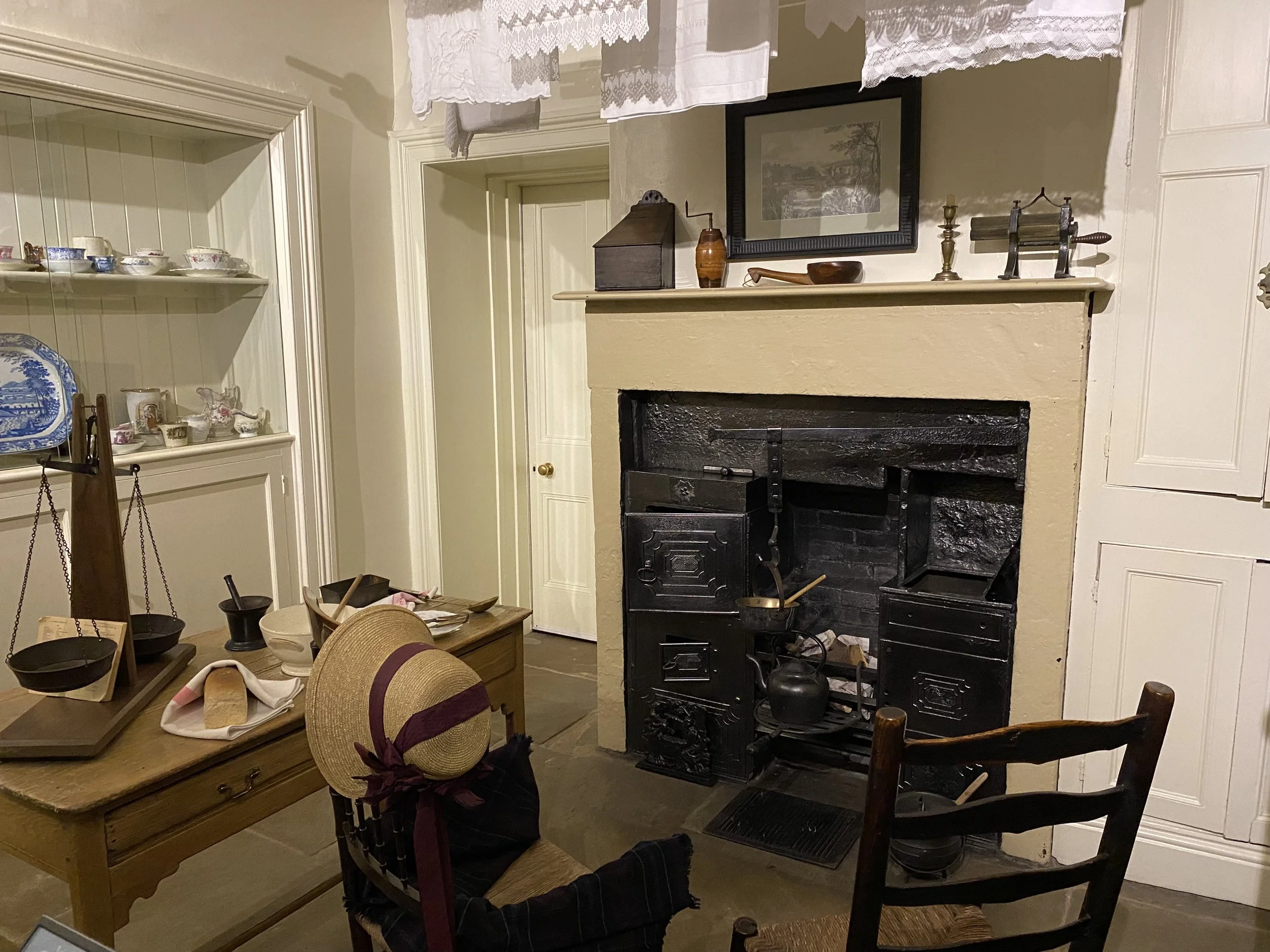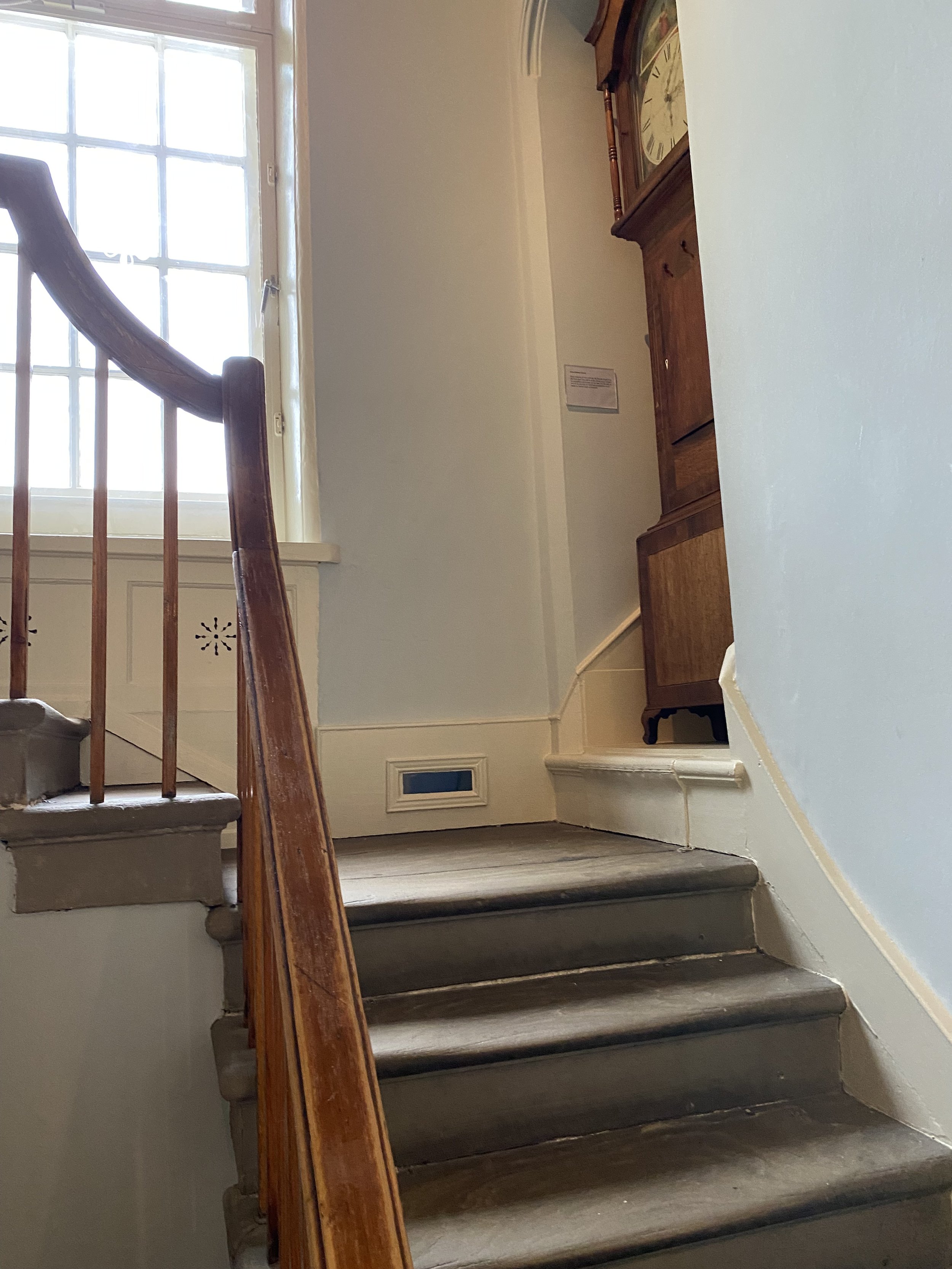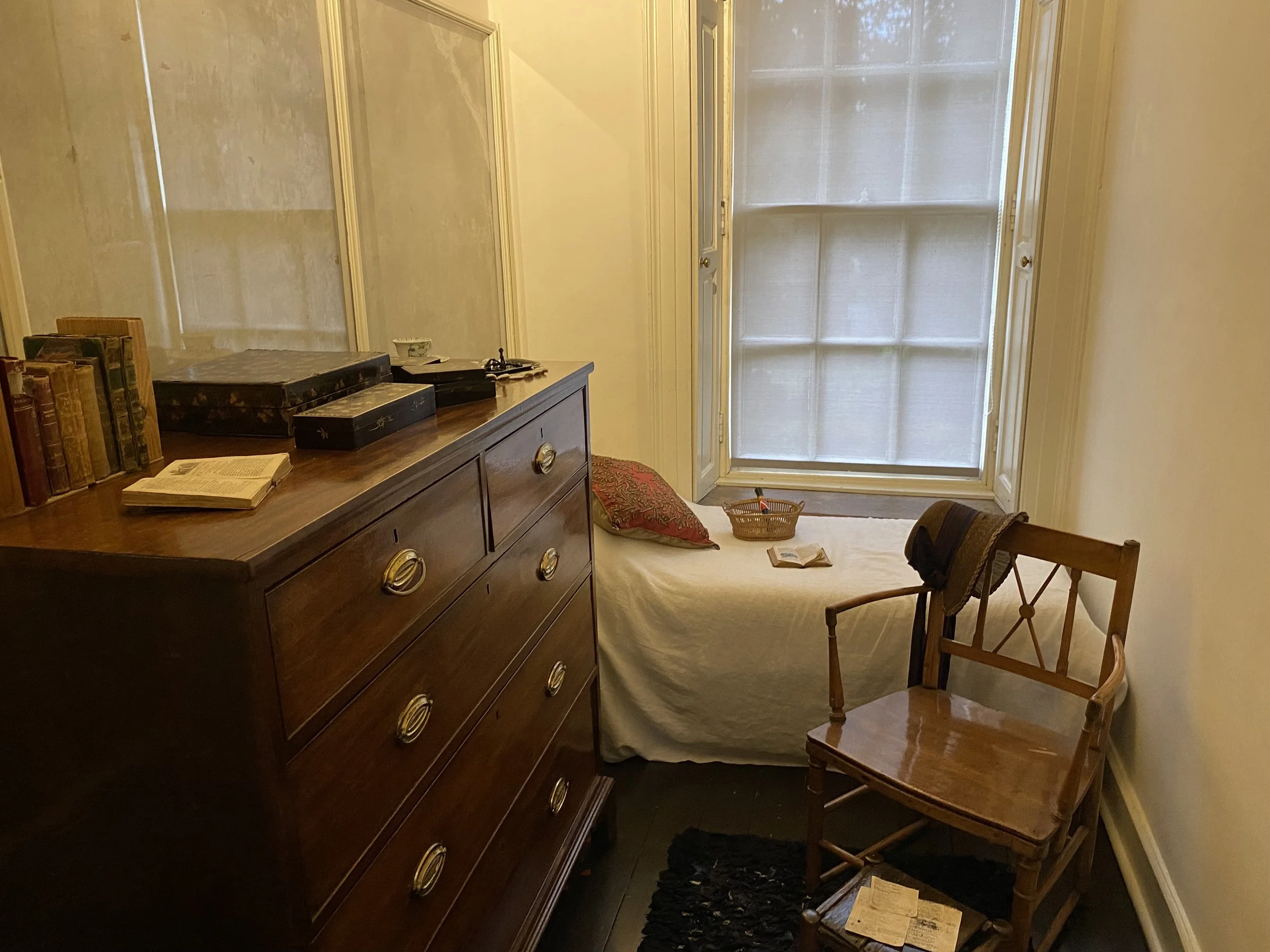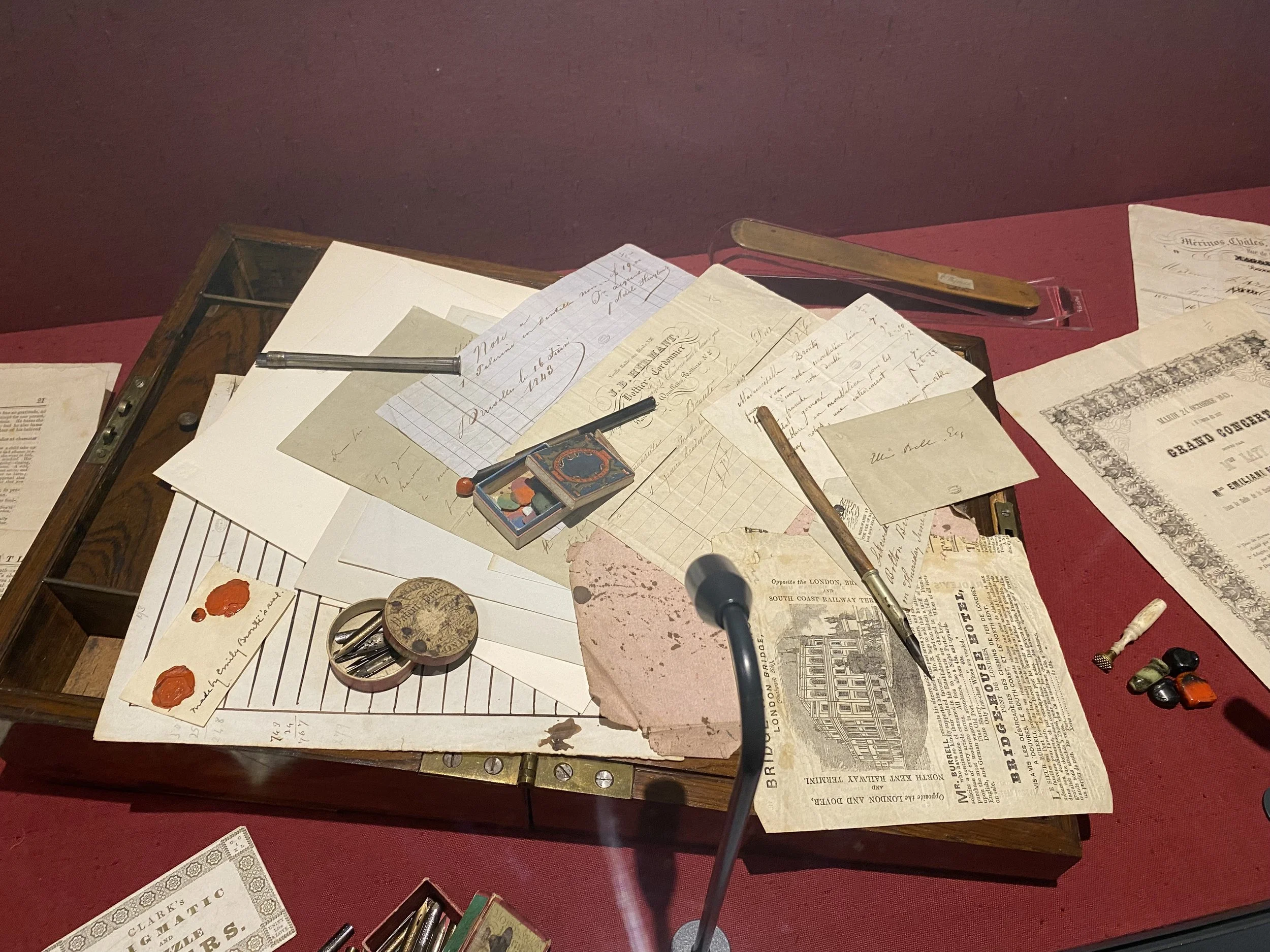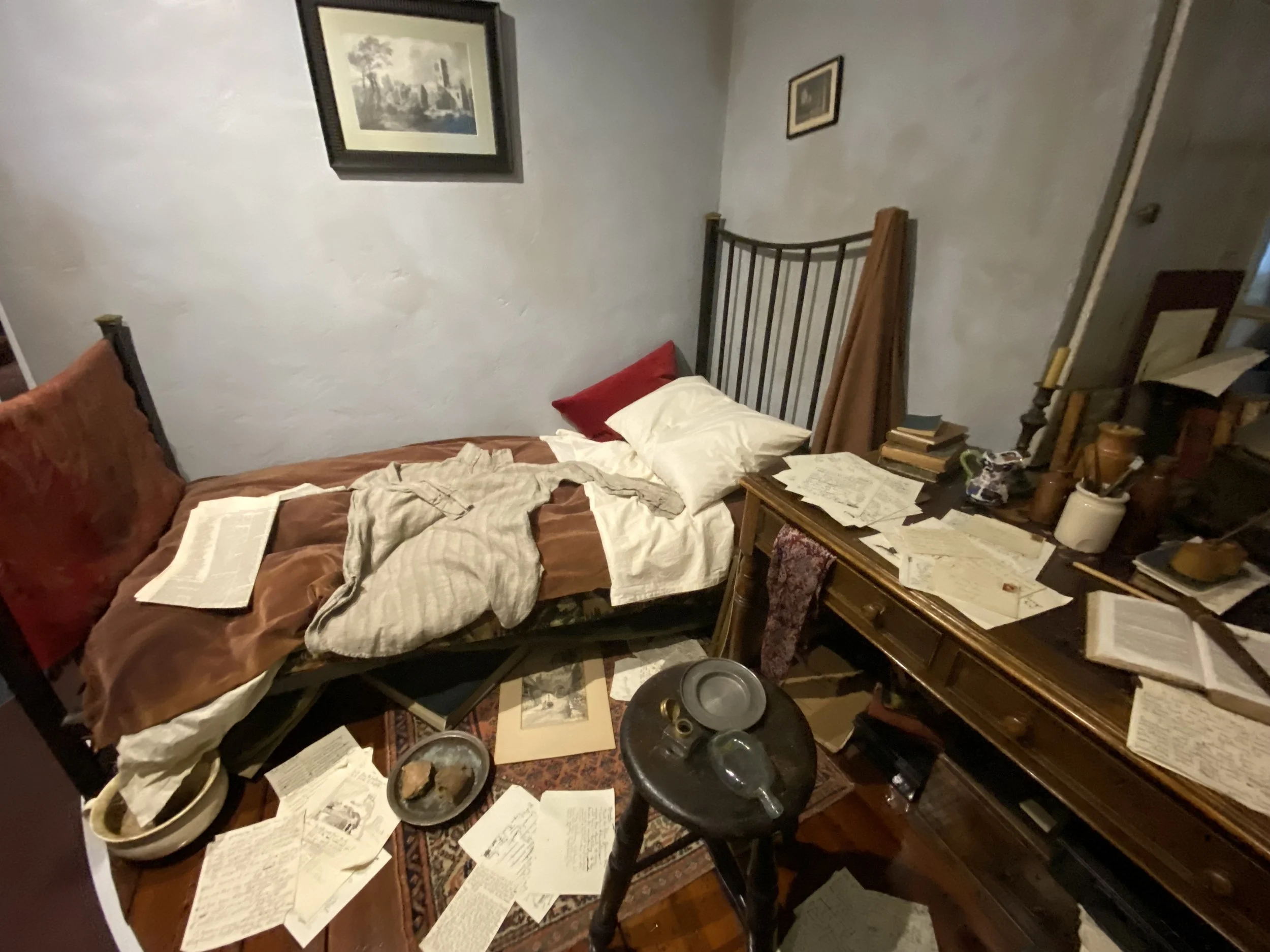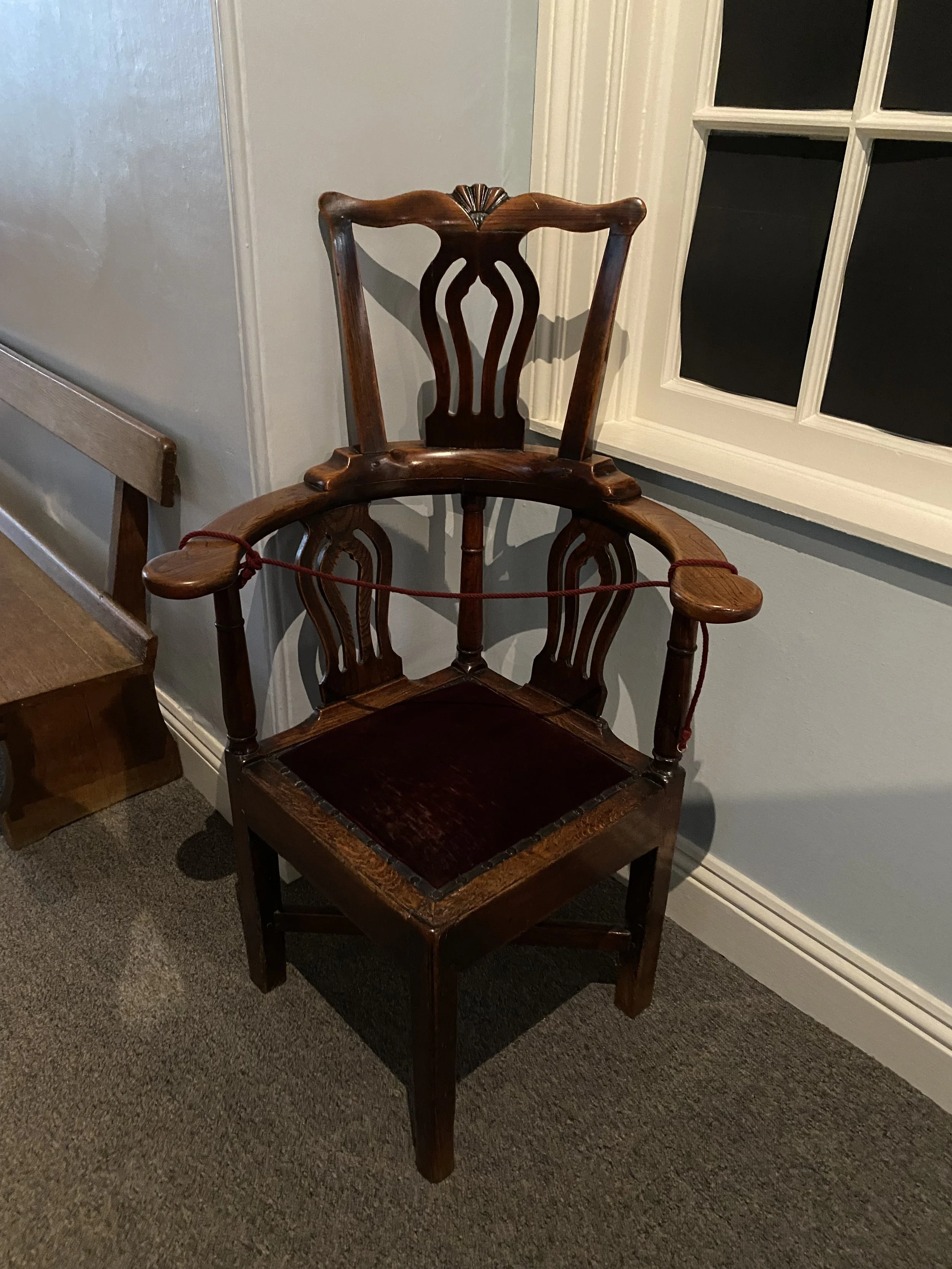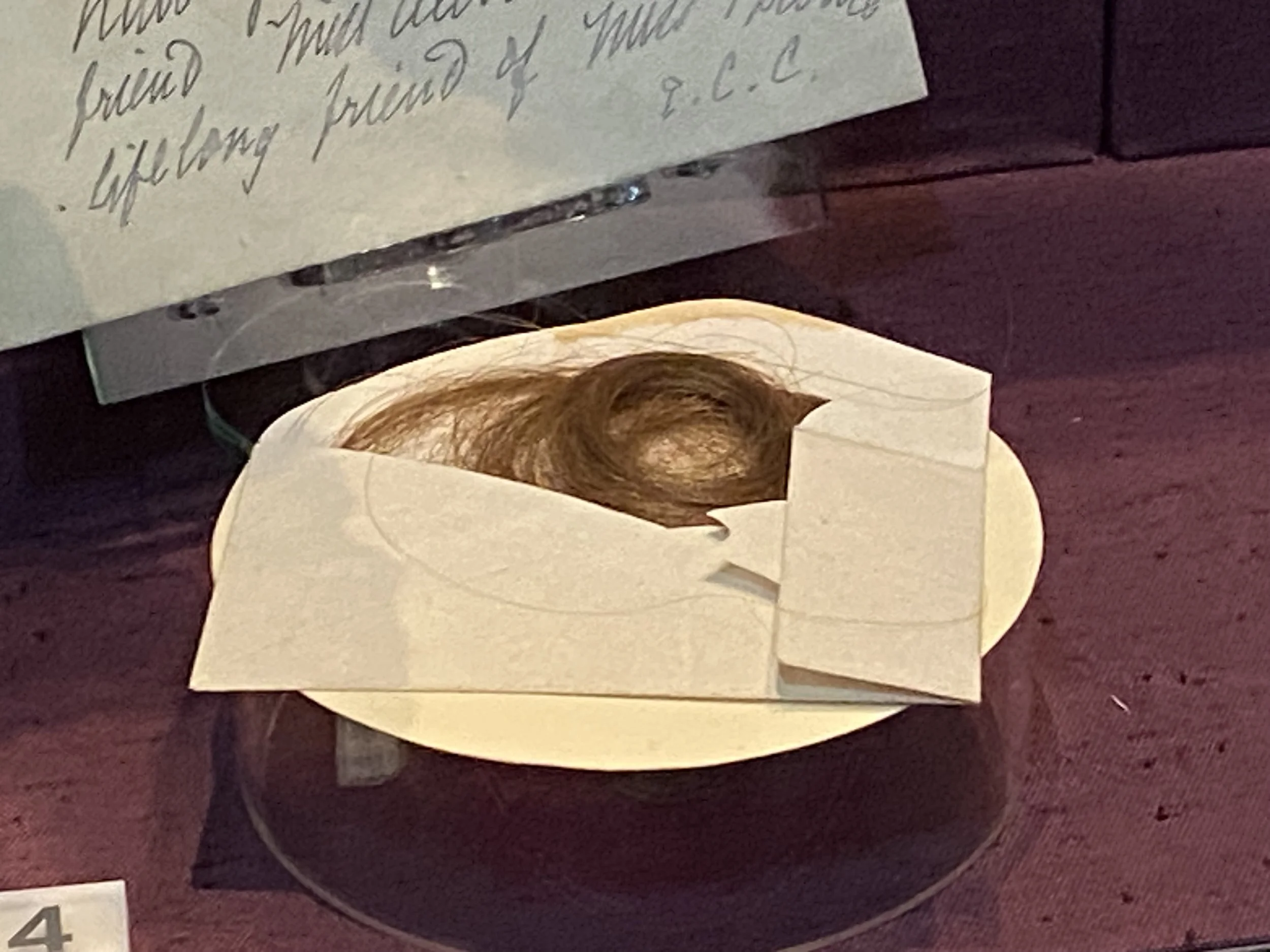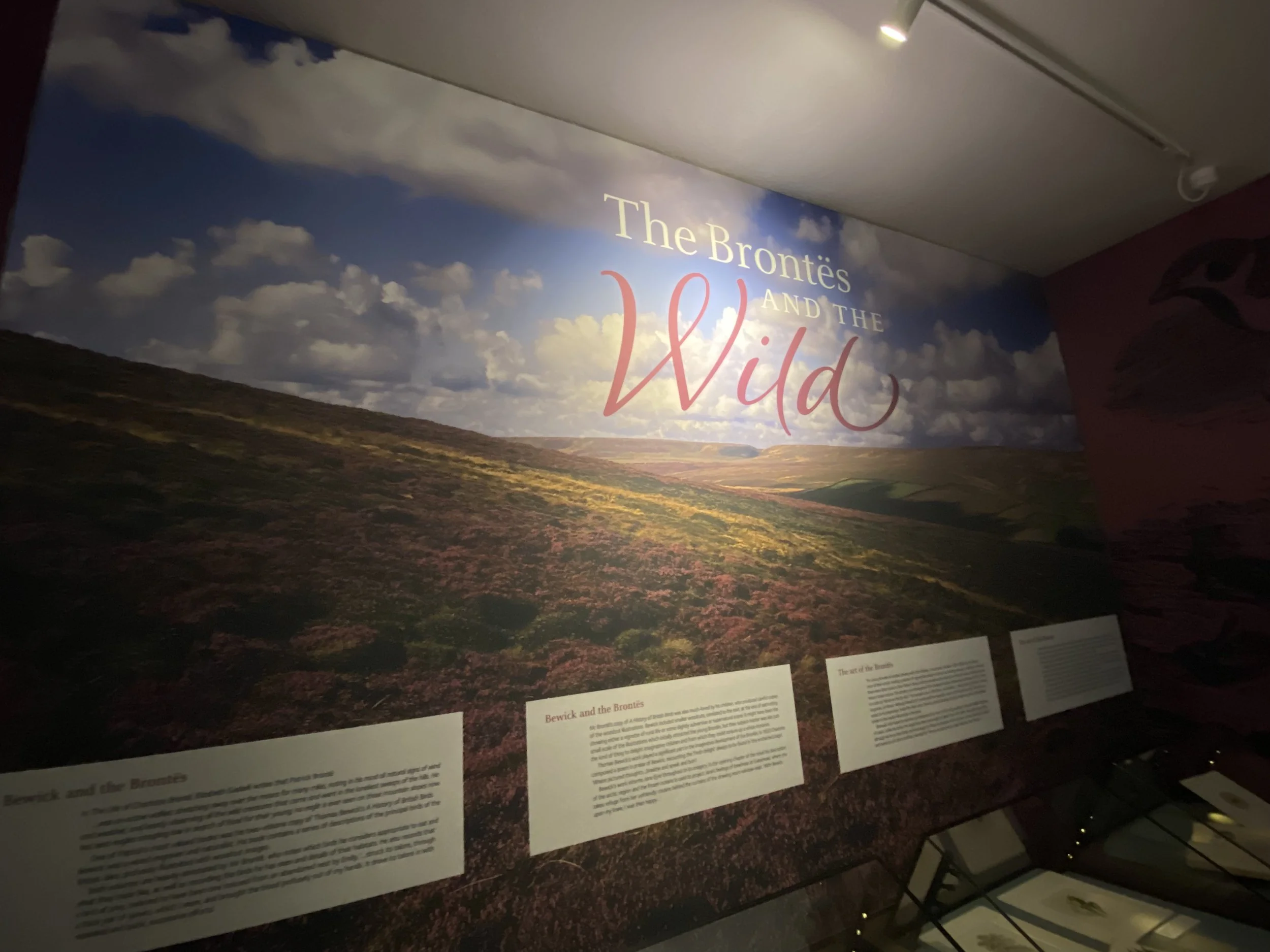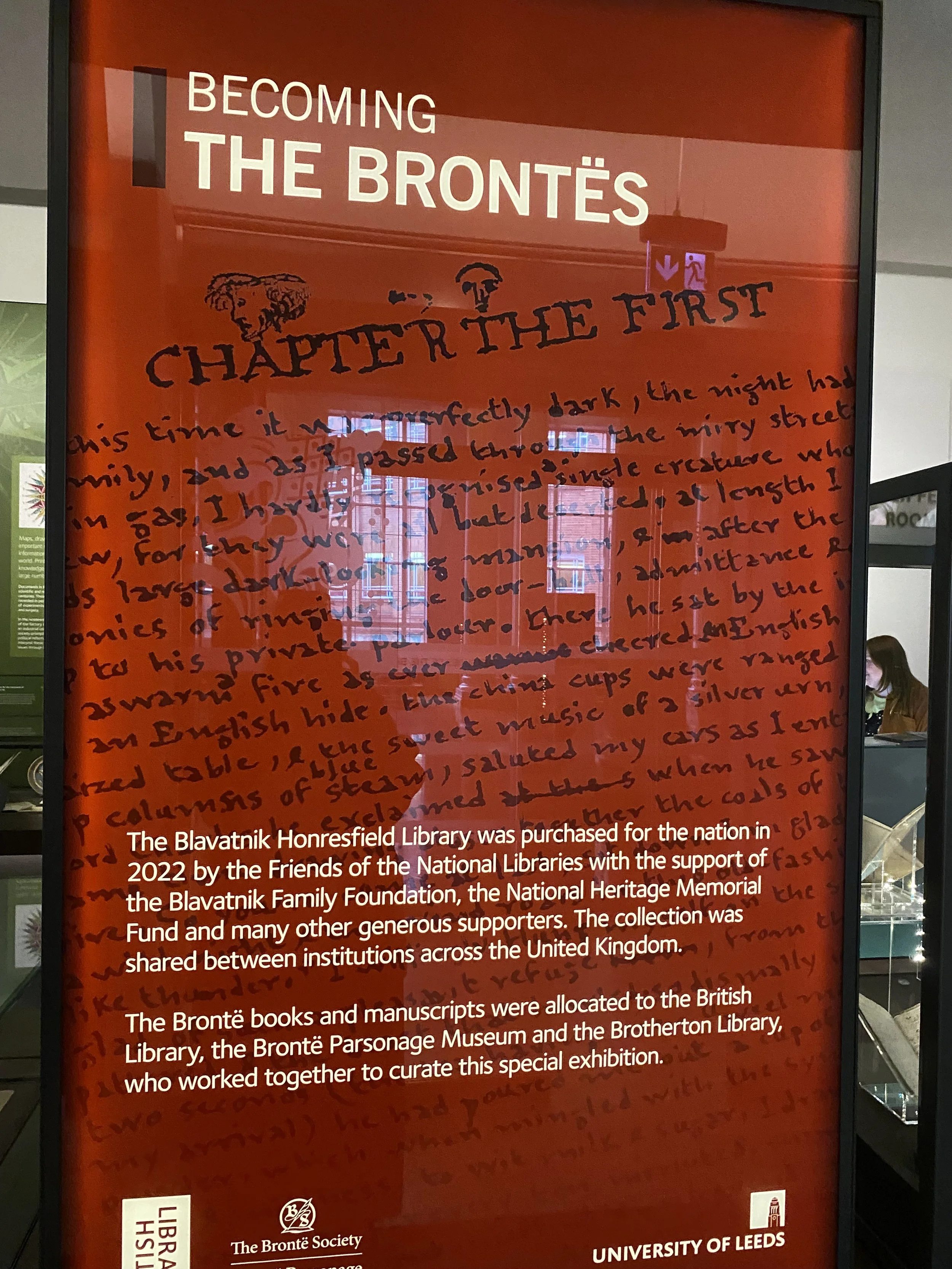The Brontë Parsonage
I have visited the Brontë Parsonage Museum many times, first as a child, then as an adult, and each time, I am stuck by how atmospheric and special it seems. It is, of course, inextricably linked with the Brontë sisters and like many others, I am drawn here time and again to visit the Parsonage which they called home. The family moved here in 1820 when Mr Brontë- Patrick- was appointed as perpetual curate of the parish church.
Today, the village is full of charm with the parsonage picturesquely situated at the top of the hill, framed by the graveyard. In the early 1800s, it was a very different place where daily life was a constant struggle with poor sanitation and cramped conditions. Average life expectancy was 26 and 41% of children died before their sixth birthday with the packed churchyard offering plenty of evidence of this.
Their home is now open to the public as the Brontë Parsonage Museum and gives a fascinating glimpse into their lives. This was where Patrick, his wife, Maria, and their six children: Maria, Elizabeth, Charlotte, Branwell, Emily and baby Anne, lived. When Maria Brontë (their mother) became gravely ill with cancer in 1821, her sister, Elizabeth, joined the young family to support the family and stayed with them until her death in 1842.
Before you reach the Parsonage, evidence of the Brontë’s presence is everywhere, making Haworth itself well worth a visit (more on this in another post). The church of St Michael and All Angels is not as the Brontës would have known it as Mr Bronte’s successor had the old building demolished, leaving just the tower in which you can still see the holes which are the result of Mr Brontë's regular habit of discharging his pistol at it each morning. The family, apart from Anne who was buried in Scarborough, are all interred here with plaques to their memory.
At the top of the main street of the village, past the church on the left and the Old School Room where the Brontë children taught on the right, is the Brontë Parsonage Museum. The ticket office and gift shop are tucked away at the back, allowing visitors to walk through the side gate and into a small garden at the front of the house and up the steps to the front door.
Preserved by the Brontë Society, admission to the Parsonage is very reasonable and allows free re-entry for a year. And small though it is, this is a place worth coming back to as it is one of the most atmospheric writers’ houses I have visited. On the left from the hallway is the Dining Room- and it was in this room that the sisters did much of their writing. Walking round this table, the sisters shared their writing with each other every night and in this very room, ‘Jane Eyre’, ‘Wuthering Heights’ and ‘Agnes Grey’ were written. It is believed that Emily died on the green sofa in this room.
On the other side of the hall is Mr Brontë’s Study where he carried out his parish duties and gave his children lessons. Emily and Anne enjoyed playing the cabinet piano and many of Mr Brontë’s personal belongings are now displayed here. At the back of the house is the kitchen where the girls helped Tabby with the cooking and opposite this, the room which Charlotte had converted into a study for her husband, the Revd. Arthur Bell Nicholls, for his use after their marriage. On the way upstairs, you can see a copy of the famous painting by Bramwell, which now hangs in the National Portrait Gallery.
The upper floor consists of the servants’ room, Charlotte’s bedroom, the children’s study, Mr Bronte’s room and Bramwell’s studio. Charlotte’s room is full of objects related to the family, including samplers sewn by the girls. The use for each room changed over time- for example, during Elizabeth Gaskell's visit to the Parsonage in 1853 Bramwell’s studio was used as a bedroom by Charlotte whereas the room now known as Charlotte’s room was used as a bedroom by various family members over the years.
Visitors now go through Bramwell’s studio to the exhibition space as in the 1870s, when the house was extended, the window of this room was blocked up, making the room a passageway to the new wing. The Exhibition Room was an extension to the original Parsonage, built by the Reverend John Wade, Patrick Brontë's successor and now houses an extensive collection of objects related to the family. It is a fascinating collection, bursting with things to look at and it is easy to spend plenty of time here. Every time I return, I notice something different.
Downstairs there is a further exhibition space where, during my most recent visit, there was a display entitled ‘The Brontës and the Wild’ which looked at the role of the seasons, the weather and landscape in the Brontës’ work.
Like many Bronte fans, I find visiting the home they lived in and shared a very moving experience, drawing me back again and again.
Brontë Parsonage Museum,
Church St,
Haworth,
Keighley
BD22 8DR
You can read about Top Withens here, the Brontë’s birthplace here and the Becoming the Brontës exhibition in Leeds here. You can read my review of ‘The Little Book of the Brontës’ here and ‘The Brontë Girl’ here.
And if you’re looking for a Brilliant Bookshop, ‘Wave of Nostalgia’ is Haworth’s own wonderful independent bookshop! Read about it here.





